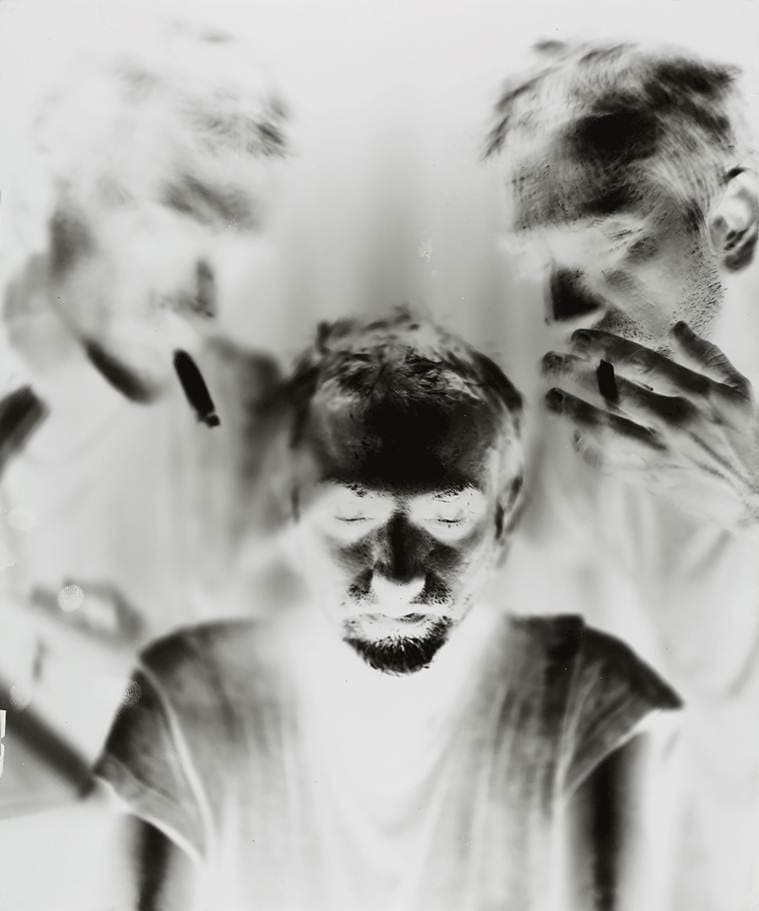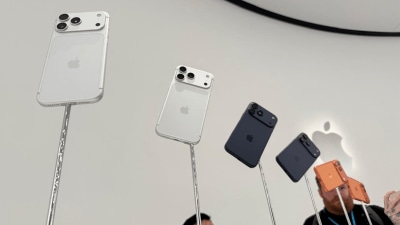Let Me Take a Selfie
The ever-changing self-portrait will determine the course of photography in the time to come.
 The way I look tonight: (From left) Robert Cornelius, a self-portrait from 1839; Rupi Kaur’s image that was taken down by Instagram; and a self-portrait by Walker Evans.
The way I look tonight: (From left) Robert Cornelius, a self-portrait from 1839; Rupi Kaur’s image that was taken down by Instagram; and a self-portrait by Walker Evans.
We live in times where it is no mean feat to control the number of images being made and erased — especially if they are selfies on our phones. Photography has moved beyond using a “proper” camera to taking screenshots, video grabs, creating stop motion videos and even a photo of a photo. The popular, self-indulgent and upload-worthy instant has reordered the legendary photographer Henri Cartier-Bresson’s debated “decisive moment”. Photography is breaking free of its structured, classical self in its appropriation by other mediums and users. There is enough debate over the power of photography to bring change, much like its constant censorship — especially of certain images that might, in turn, influence the viewer to react in a certain way. In many ways, photography now is what it seemed it could not possibly be.
As Instagram became synonymous with phone photography, every user became a photographer. This second wave of democratisation in photography — the first being the invention of the snapshot camera — has enabled the location of self-portrait in the public space in a manner never seen before. The image of the self is now not just one’s opinion of the self in that instant or on that particular day, but also an insight into the irresolute nature of the mind.
When did this expression of self slip into the medium and what does this mean for the future of photography? One could start with as early as the commissioning of the portrait in photography. With the invention of the daguerreotype, portraits become the most popular kind of photographs. In 1839, Robert Cornelius, a Philadelphia-based metal worker with a strong interest in photography, made a daguerreotype of what might possibly be the world’s first photographic self-portrait — an image of a young man with dishevelled hair, looking straight at you. This was different from the typical cold, posed, mirror-like daguerreotype portraits of that time.

Even American photographer Walker Evans, best known for photographing the effects of the Great Depression, was an enthusiastic self-portrait maker. As he focussed on realistic depiction of things around him, he was also experimenting with a very informal expression of the self. Between 1927 and 1929, Evans entered a photo booth and shook his head, lay on a hospital bed in New York and posed straight-faced for his camera and then, in what is the most relatable self-portrait from that time, Evans shook his head vigorously, winked and opened his mouth to laugh. This self-portrait became the symbol of his alternate persona, so much so that the Metropolitan Museum of Art writes in its description of the last image by Evans: “In the absence of firm knowledge as to the artist’s intention in making this self-portrait, one might hypothesise that Evans was testing the shutter speed of his camera, portraying himself as a damned soul in hell, or exploring a way to describe the invisible interface between insanity and genius.”
In his book, Understanding a Photograph, art critic John Berger posed an interesting question: “Why complicate in this way an experience which we have many times every day — the experience of looking at a photograph?” This question becomes more relevant today than ever. What makes one selfie more interesting than the other, given that the number is endless? Even when photographing tourist destinations, these spaces have become just a background for the selfie. To many, a person can’t look much different in a photograph they made of themselves from the last one. The defining complication, then, has to be in the “other” in the frame apart from the literal self, and what this other might signify to or in relation to the self.
In March last year, Toronto-based writer and artist Rupi Kaur posted a photograph on Instagram of herself in bed, while on her period. She faced away from the camera, as a bloodstain was visible on the bed and on her track pants. Instagram took the image off as a violation of community guidelines, causing a furore over the censorship of what essentially is a real occurrence for women all over the world. Kaur’s portrait was not quite perceived as a selfie, but it might as well have been. Like Cornelius and Evans, Kaur depicted herself on that particular day or time. For her as the photographer, she showed what she deemed important or an evidence of her truth. Interestingly, in a recent exhibition in Delhi, “The Surface of Things: Photography in Process”, four artists — Srinivas Kuruganti, Edson Dias, Uzma Mohsin and Sukanya Ghosh — used analogue processes in photography to break out of the linear narrative and look within. Dias used 19th century photo processes to make multiple exposures of his own self as he presented himself as the creator, the witness and the subject. The future of the self-portrait is to also present situations to the viewer that might use the self to just aid the photograph.
To put it simply, selfies aren’t going anywhere. The classic single image has transitioned to a constantly increasing number/sequence of images that depict the self. Our ever-changing state of mind determines the photography we ultimately practise and consume. And, perhaps, the future of photography will be inseparable from our last, self-curated moment.



- 01
- 02
- 03
- 04
- 05
























